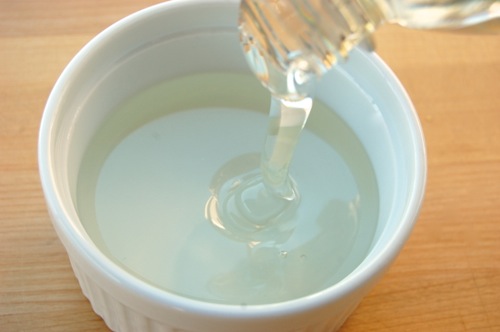Happy MLK Day!
For those who have it off and for those who don’t! It’s awfully easy to forget about the real people behind these federal holidays (Washington, Columbus, our veterans both alive and dead). For those who might need a little primer to get in touch with the meaning of the day, and to get a sense for the sense for the moral clarity and iron resolve King possessed, you couldn’t do better than his Letter from Birmingham City Jail.
READ ON

